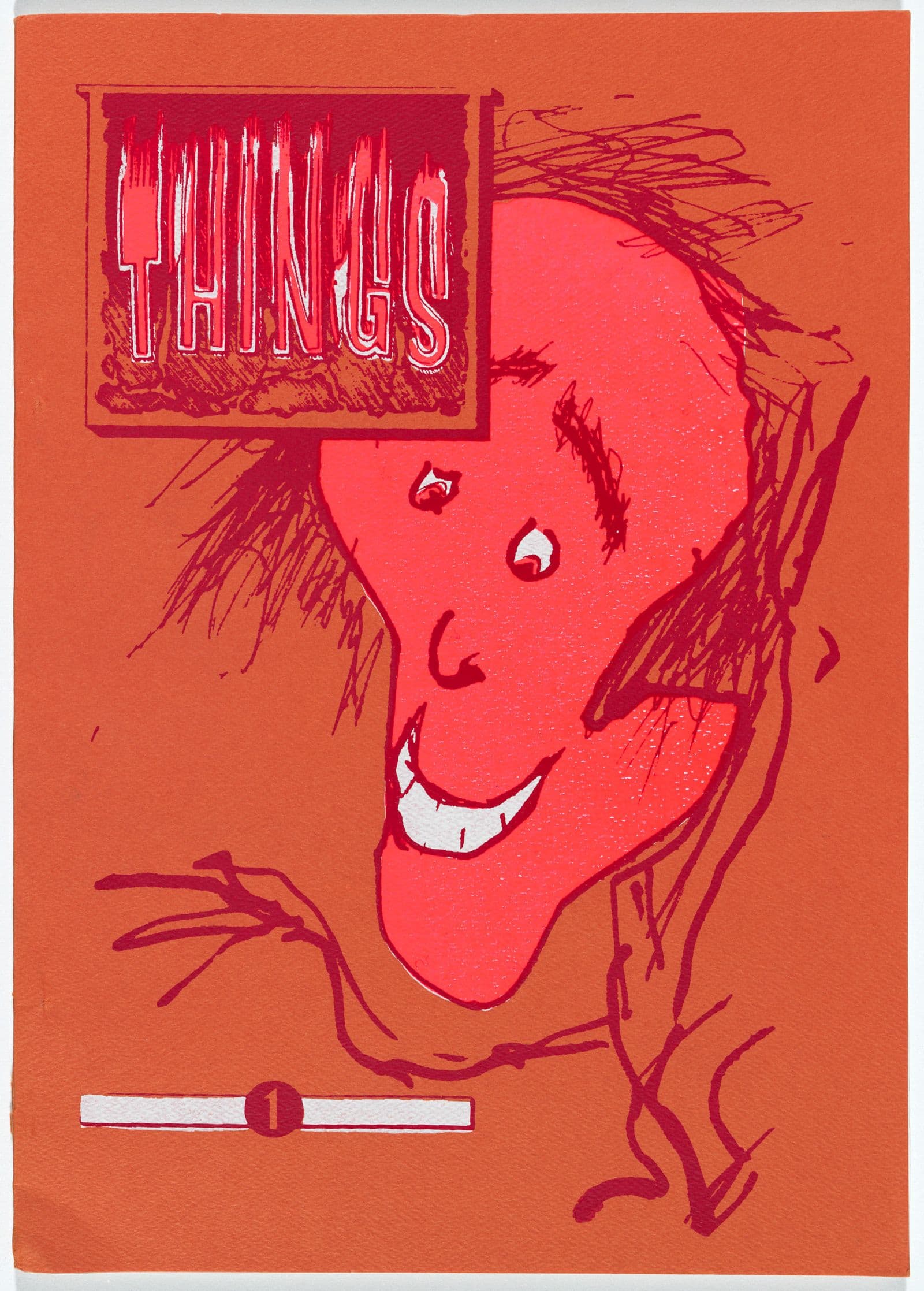Australian Artists' Books
The Eighties
7 Oct 1989 – 5 Nov 1989

Maria Kozic, Things 1, 1988, National Gallery of Australia, Kamberri/Canberra, Gift of Michael Desmond 1989. © Courtesy of the artist and Anna Schwartz Gallery.
About
The traditional relationship between the artist and the book permitted the artist to augment an existing text with lithographs or etchings in an expensive limited edition publication. In the 1960s artists began to annex the book form for their own use, controlling each page, the content and the format to produce books that were conceived as works of art from start to finish. The book form offered many advantages to the artist: ready access to printers (including photocopiers) since the 1960s have made it relatively cheap to print books, and these are in turn portable and easily stored; book offered an intimate art experience revealed at the viewers own pace; books could be widely distributed, and the artist/pubiisher could find an audience outside the marketing system of the commercial galleries.
The diversity of styles and intentions of artists working in traditional mediums is paralleled by the varied output of artists working with the book form. Artists' Books can be made as unique items as well as in multiple editions published by presses or the artists themselves. These can follow the conventions of the book format, or defy it entirely. Books may be oversized or tiny, composed entirely of text like Bea Maddock’s Being and Nothingness by Jean Paul Sartre, 1984, or exclusively pictures, like Marjorie McIntosh’s filmic flip books of 1982, though integration of text and image is the norm. Cheap reproductive methods like offset printing, photocopying or even rubber stamping are used, though there are always exceptions like Gaynor Cardew’s Requiem for an epidermis, 1984, a large-format, unique book that uses a collage of handmade papers to form the illustrations. As well as purely aesthetic issues, Artists' Books concern themselves with politics: Stephen Harrop's Rejoice Rejoice, 1983, is built around the media coverage of the Falklands campaign and Amanda Holt's Small object, 1982, gives the artist's perception of herself in a male-dominated world. Humour is not ignored in Maria Kozic’s Things, 1988, and there is a return to old fashioned storytelling in many exhibits in this display.
As a group, the artists' books of the 1980s are technically advanced beyond those of the last decade — a variety of sophisticated bindings have edged out the exclusive use of staple-bound leaflets— and while earlier books were based on process or concerned with documentation of events, today's artists' books address a wider emotional range. They are often biographical, and be they sensual, comic, philosophical or just indulgent, but always with a strong visual foundation.

